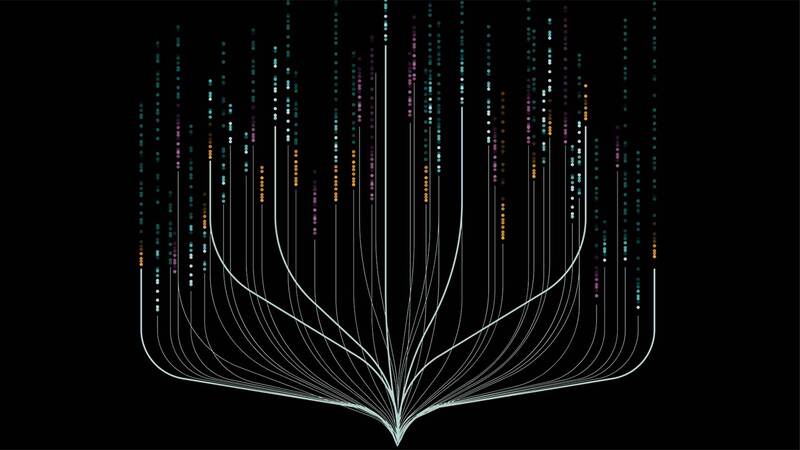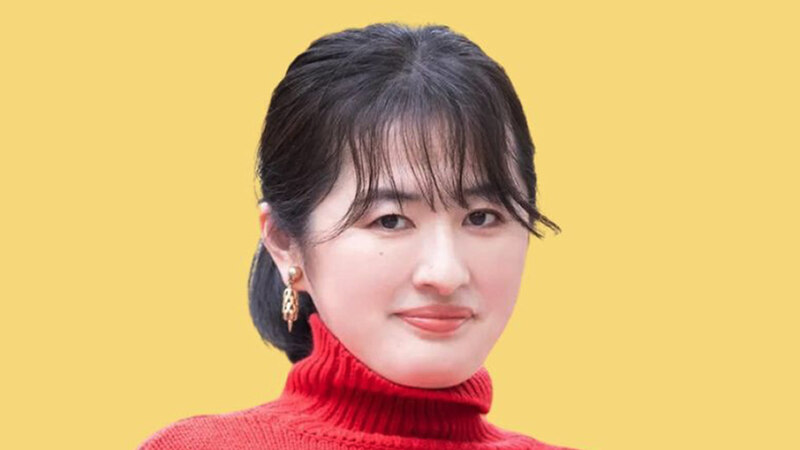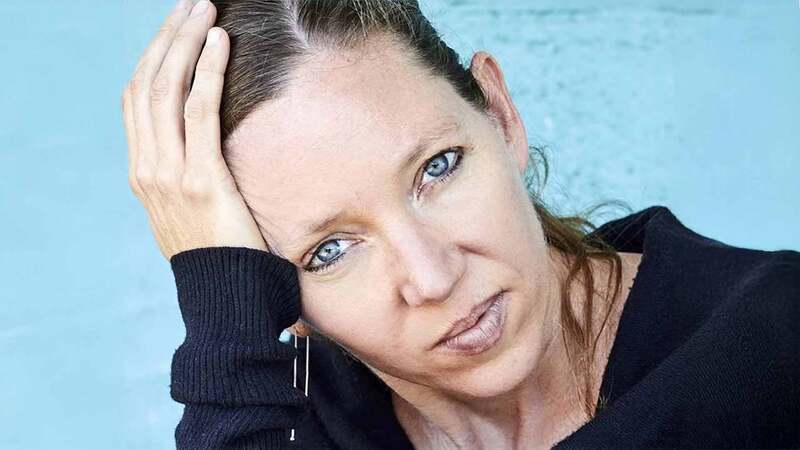You are viewing your 1 free article this month. Login to read more articles.
The secrets behind the séance
During the Victorian age, the séance was one of the most sought-after forms of entertainment. Even Sir Arthur Conan Doyle had a "séance summer house".
Many Victorians, living in a fast-changing century caught between religious fervour and scientific exploration, were fascinated by the idea of 'spiritualism' or communicating with the dead. Even those "séances" suspected to be fraudulent provided, in the darkened parlours of the well-to-do, terrifying and exhilarating theatre.
While I was researching the world of mediums and séances for my novel The Blackheath Séance Parlour, I met some very interesting people and quite a few of what could kindly be called eccentrics. One woman told me she closes her eyes, flies around the room and visits Buckingham Palace in spirit form using the technique of astral projection, while another claimed to channel the spirits of dead animals and provided me with a demonstration of their growls and barks while I sat in an armchair opposite smiling awkwardly, drinking from a cup that didn’t look very clean.
But occasionally there were those I met who really did display something out of the ordinary, and appeared to have access to knowledge that was private, specific and time-sensitive. It began to get quite startling. One woman described my bedroom to me, the contents of drawers, and even where I’d dropped something I thought I’d lost. Later, when I looked, I found her to be correct.
The power of mediums
In the 19th-century period The Blackheath Séance Parlour is set, within the murky and secretive circles in which mediums proffered their skills, the most sought-after were the audible and physical mediums – those who could project the exact voice of the dead person or summon up their image to walk among the sitters, their fingertips barely touching their shoulders, their familiar scents offering themselves up to be inhaled in the darkness.
Often elaborate hoaxes, séances could take hours of preparation. People were wallpapered inside hollowed-out walls to later make sounds during the séance; discreet wires were installed to lift tables and make trumpets appear to play sounds by themselves. To achieve the horrifying effect of ‘ectoplasm’, bed sheets were soaked in flour, and often shapes moulded into them to resemble faces or hands. These were then pre-swallowed for regurgitation later when the lighting was at its most flickering and vague. Life-sized replicas of the dead would be constructed for the all-important ‘ghost passing through the room’ experience.
In a society world where dinner or concert performances were the most popular forms of entertainment, mediums provided the equivalent of a 3D special effects horror feature – in screaming surround sound.
The Blackheath Séance Parlour
In The Blackheath Séance Parlour, I wanted to bring all of these elements together; two sisters venturing into the world of psychic phenomenon absolutely clueless to what is in store for them. As their skills develop, they discover there is no need to create an illusion; they are capable of more than they had anticipated. Before horrified audiences, the sisters pluck the dead from their slumber to be paraded around with alarming disrespect. Maggie in particular finds she is capable of the most horrendous phenomena with no means of controlling them. In a very short space of time, she terrorises everyone around her, unable to stop.
Scientific testing and the power of the church put an end to the great psychics of the Victorian era. It was deemed that their skills relied solely on faith, which the church was keen to keep for itself – although it didn’t help that the moment candles were replaced with gas lighting, the strings and wires that had always gone unnoticed now became laughably visible. In The Blackheath Séance Parlour I wanted to deal only with the real psychics, not the fakes. There’s nothing interesting about frauds.
The Blackheath Séance Parlour by Alan Williams is published by Cutting Edge Press.














